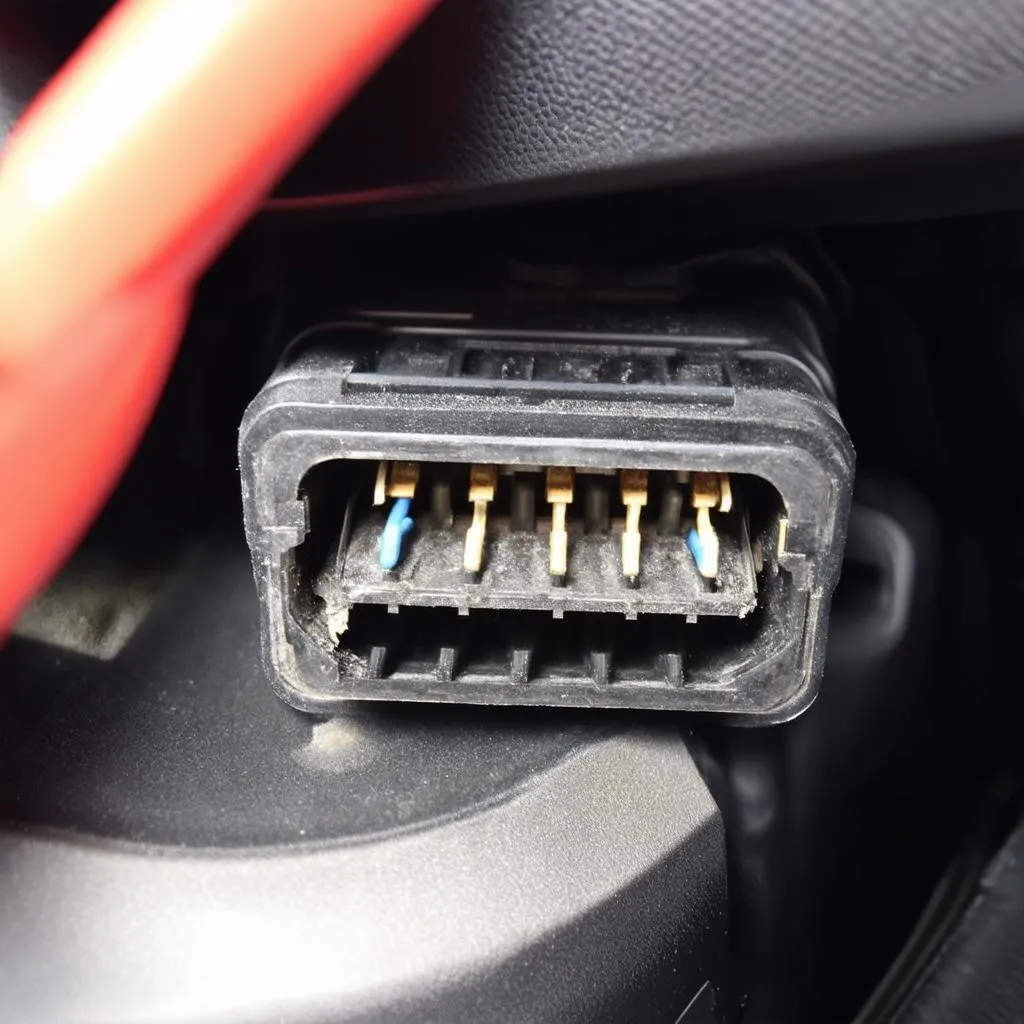The N75 valve plays a crucial role in your car’s turbocharged engine. It’s responsible for controlling boost pressure, ensuring optimal performance and fuel efficiency. When troubleshooting boost-related issues, the N75 valve often comes under scrutiny. This is where VCDS (Vag-Com Diagnostic System), a powerful diagnostic tool, proves invaluable.
This comprehensive guide dives deep into the world of N75 VCDS, exploring its functionalities, diagnostic capabilities, and how it empowers you to pinpoint and resolve boost-related problems.
What is the N75 Valve?
The N75 valve, also known as the boost control solenoid, is an electronically controlled valve that regulates boost pressure in turbocharged engines. It works in tandem with the ECU (Engine Control Unit), which monitors various engine parameters like throttle position, engine speed, and boost pressure.
Here’s how it works:
- Desired Boost: Based on the input from various sensors, the ECU determines the desired boost pressure.
- N75 Control: The ECU sends signals to the N75 valve, instructing it to open or close to varying degrees.
- Boost Regulation: By controlling the flow of vacuum or boost pressure to the actuator, the N75 valve regulates the amount of boost the turbocharger produces.
How VCDS Helps Diagnose N75 Issues
VCDS is an advanced diagnostic software that allows you to communicate with your car’s ECU. This powerful tool goes beyond generic OBD-II scanners, providing access to a wealth of data and functionalities specific to Volkswagen, Audi, Seat, and Skoda vehicles.
Here’s how VCDS helps diagnose N75 valve issues:
- Read Fault Codes: VCDS can read and clear fault codes stored in your car’s ECU. These codes provide valuable insights into potential issues, including those related to the N75 valve.
- Live Data Monitoring: VCDS enables you to monitor live data streams from various sensors, including boost pressure (actual and specified), N75 duty cycle, and more.
- Output Tests: You can use VCDS to perform output tests on the N75 valve. This involves commanding the valve to open and close, allowing you to verify its functionality.
- Log Data: VCDS lets you log data from multiple sensors simultaneously, which is essential for analyzing boost-related problems under real-world driving conditions.
Common N75 VCDS-Related Queries
Here are some frequently asked questions about the N75 valve and how VCDS can be used to diagnose related issues:
Q1: How do I know if my N75 valve is faulty?
A: Several symptoms might indicate a faulty N75 valve, such as:
- The check engine light is illuminated, and the ECU has stored a boost-related fault code.
- The engine experiences a loss of power, particularly at higher RPMs when boost is typically higher.
- You hear unusual hissing noises coming from the engine bay, which might indicate a boost leak.
- The turbocharger exhibits abnormal behavior, such as surging or lagging.
Q2: Can I test my N75 valve with VCDS?
A: Yes, VCDS offers an output test function. By accessing the relevant control module for your engine, you can instruct the N75 valve to open and close. This allows you to listen for audible clicks, indicating the valve’s mechanical operation. However, this test alone doesn’t guarantee the valve is functioning correctly under all conditions.
Q3: My VCDS scan shows a “Boost Pressure Regulation: Limit Exceeded” code. What does this mean?
A: This fault code typically indicates that the actual boost pressure has exceeded the specified limit set by the ECU. This could be caused by various factors, including a faulty N75 valve, a sticking wastegate, a boost leak, or even a problem with the boost pressure sensor itself.
 VCDS Boost Pressure Log
VCDS Boost Pressure Log
Q4: How do I interpret the N75 duty cycle readings in VCDS?
A: The N75 duty cycle represents the percentage of time the ECU commands the N75 valve to be open. A higher duty cycle generally indicates the ECU is attempting to increase boost pressure. Conversely, a lower duty cycle suggests the ECU is trying to reduce boost pressure. Analyzing the N75 duty cycle in conjunction with boost pressure readings can provide valuable insights into the N75 valve’s operation.
“It’s important to understand the interplay between N75 duty cycle, actual boost pressure, and specified boost pressure,” says automotive electronics expert Dr. Emily Carter, author of “Automotive Control Systems: Theory and Practice.” “Deviations between these values can pinpoint the root cause of boost-related issues.”
Q5: Can a faulty N75 valve damage my engine?
A: While a faulty N75 valve might not directly cause catastrophic engine damage, prolonged operation with an improperly functioning valve can lead to other problems. For instance, excessively high boost pressure can put stress on engine components, potentially leading to premature wear or damage. Conversely, insufficient boost pressure can result in reduced engine performance and fuel economy.
Important Considerations
- Always refer to the factory repair manual for your specific vehicle model.
- If you’re uncomfortable diagnosing or repairing your vehicle, it’s best to consult a qualified mechanic.
 N75 Valve Location
N75 Valve Location
Conclusion
Understanding how to use VCDS in conjunction with your knowledge of the N75 valve is essential for diagnosing and resolving boost-related issues in your turbocharged vehicle. By leveraging the powerful features of VCDS, you can gain valuable insights into your car’s performance and ensure optimal boost control.
Need more help with VCDS or automotive diagnostics? Check out CARDIAGTECH for a wealth of resources, guides, and tools.


